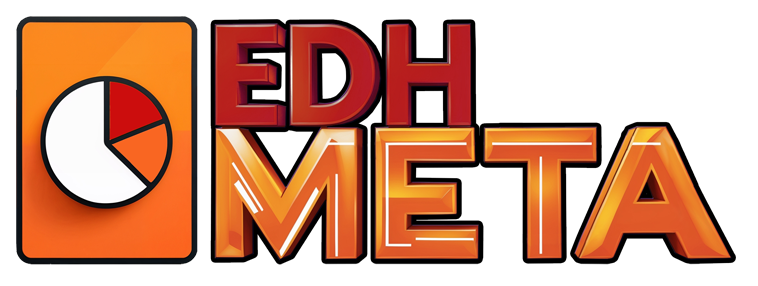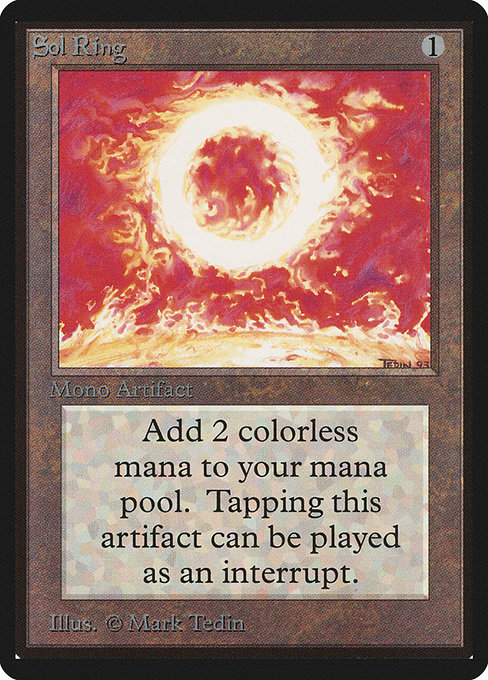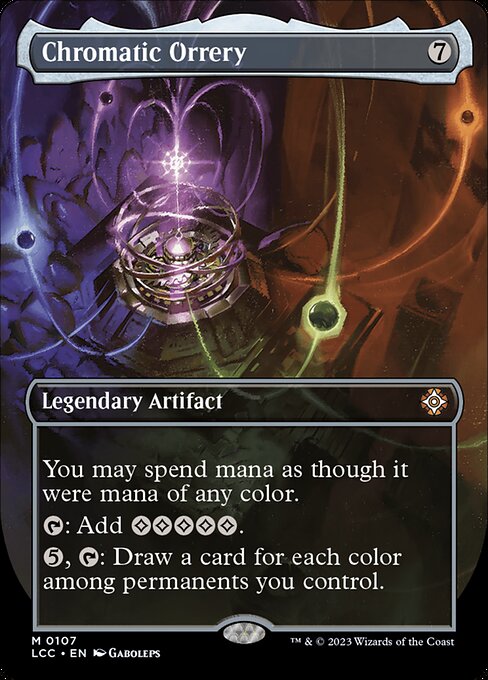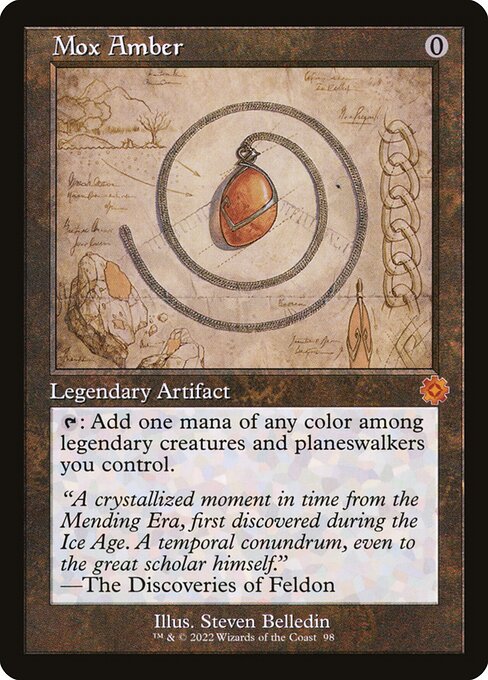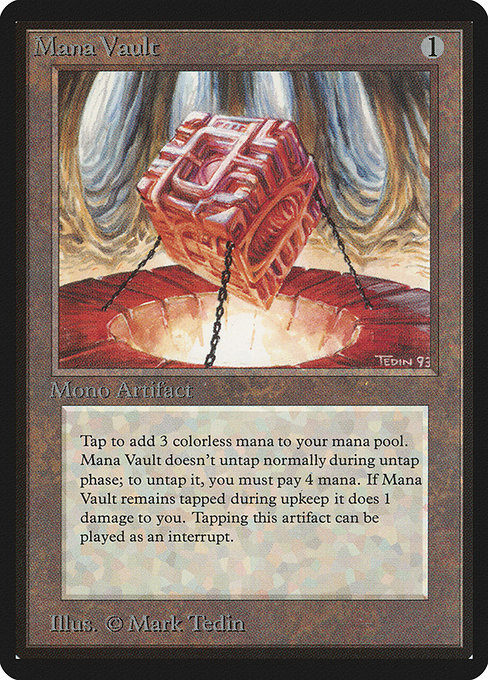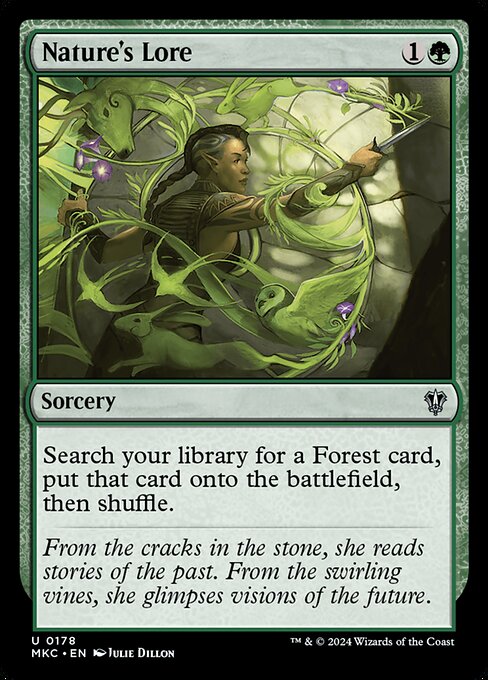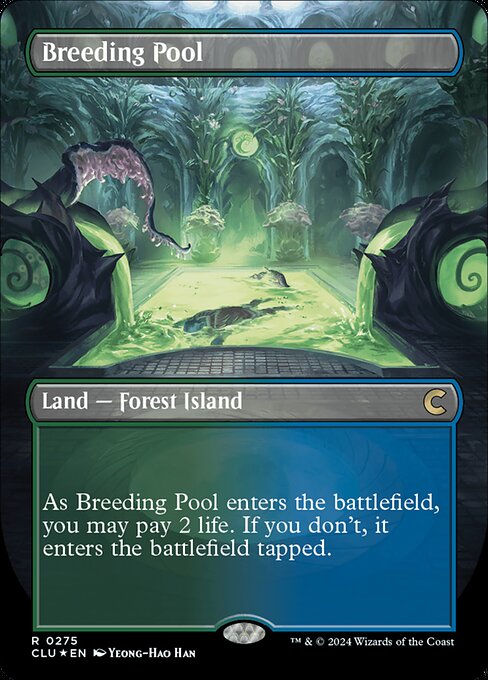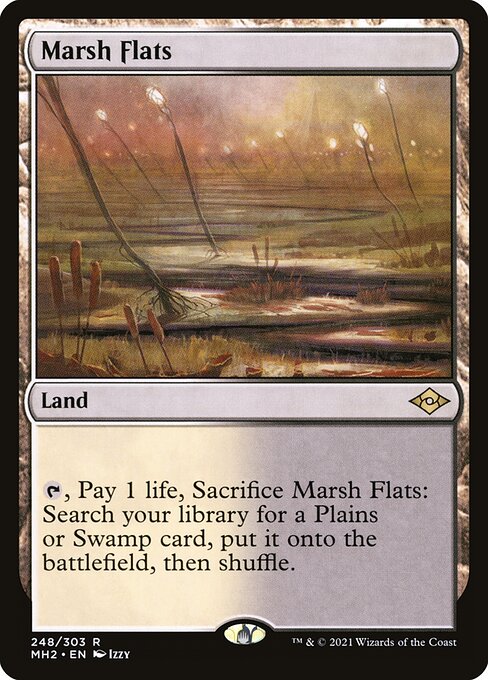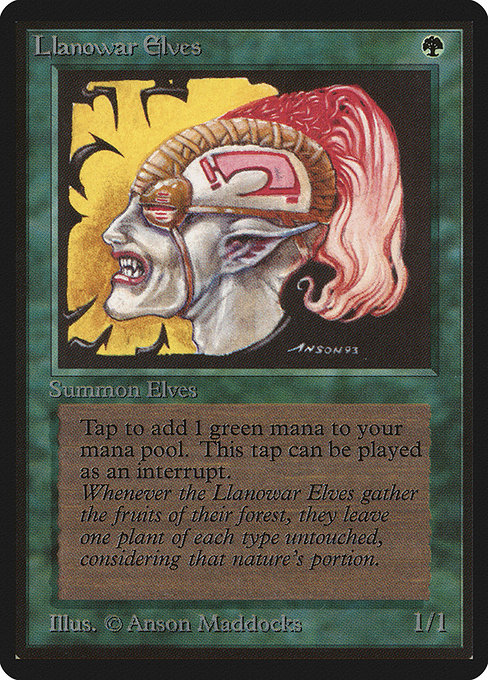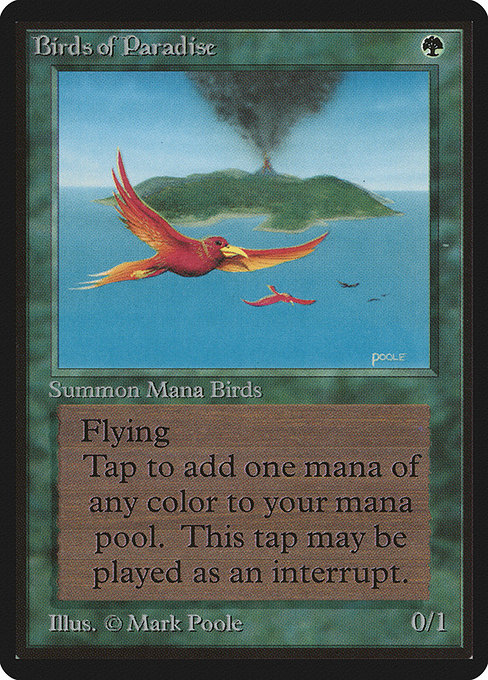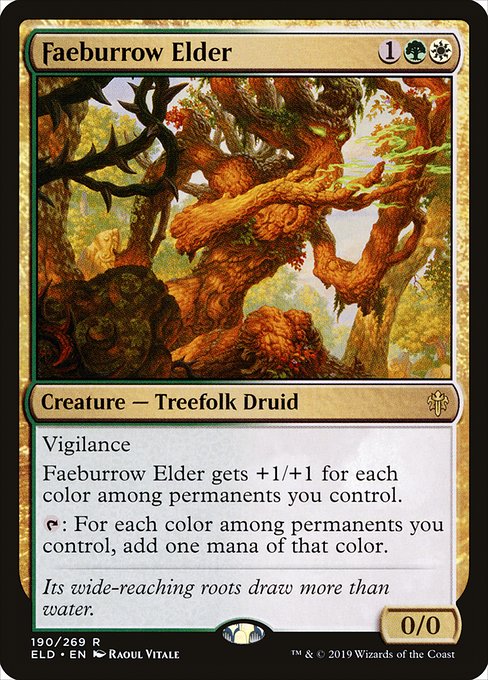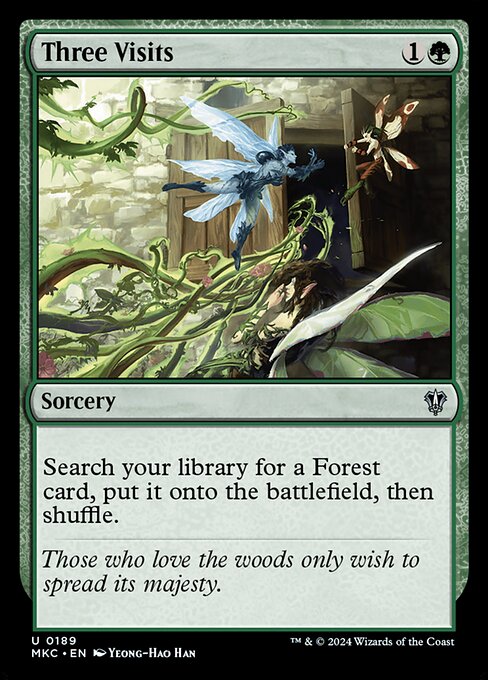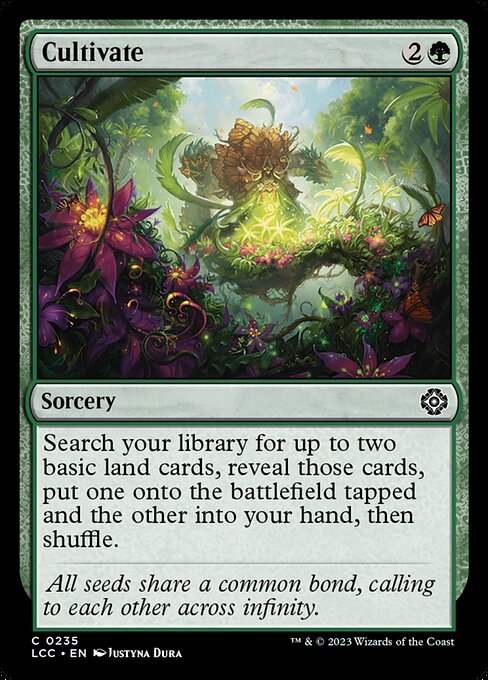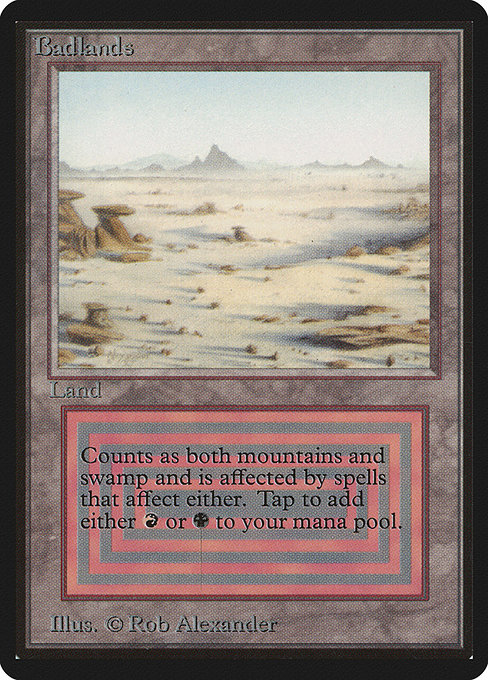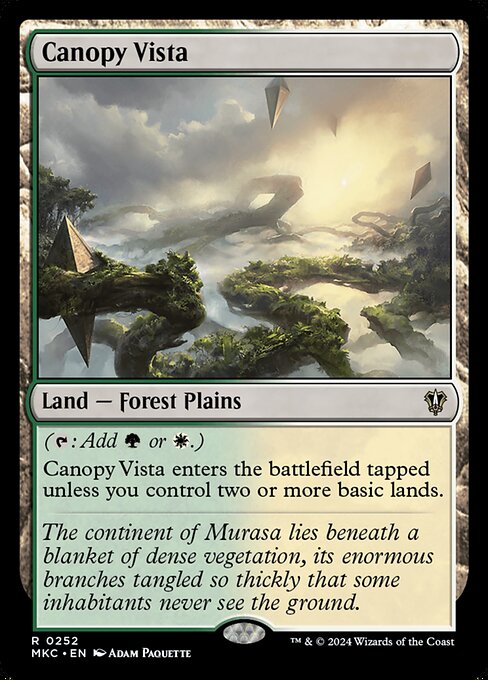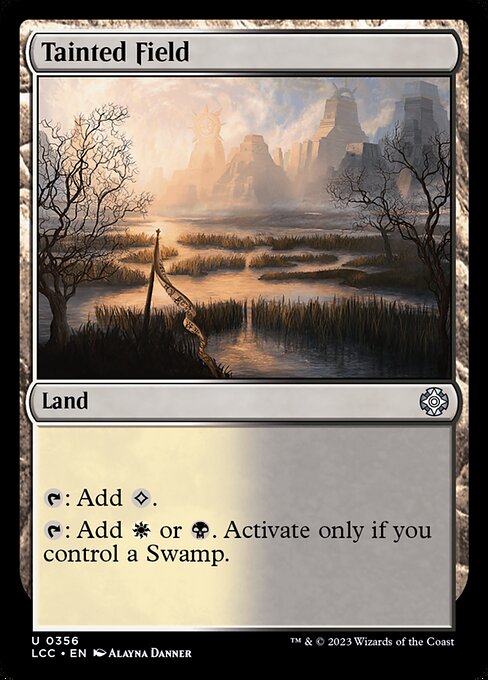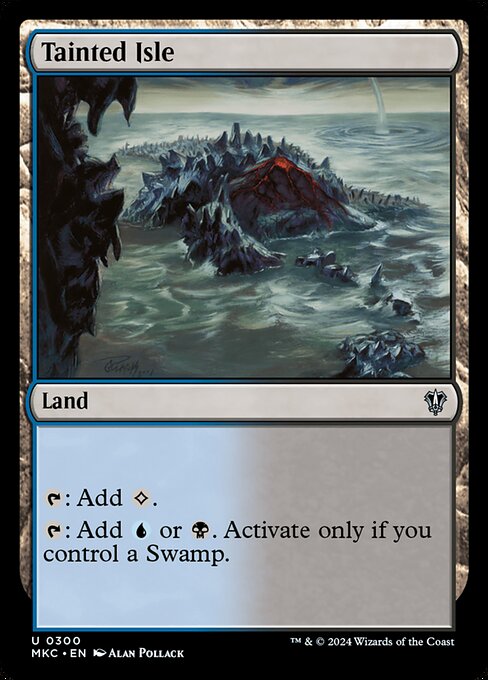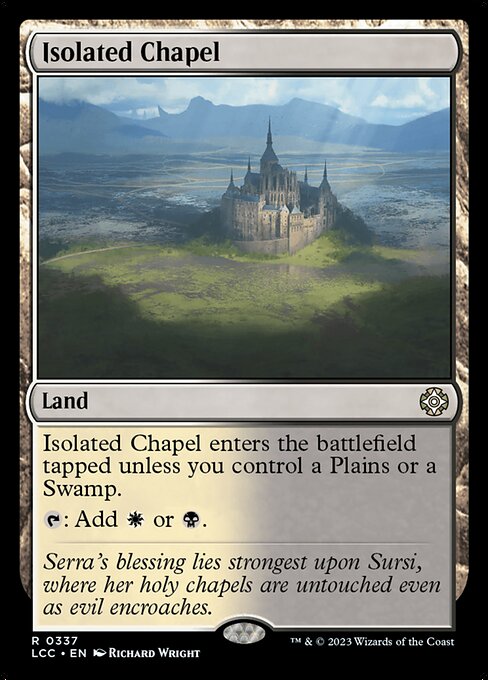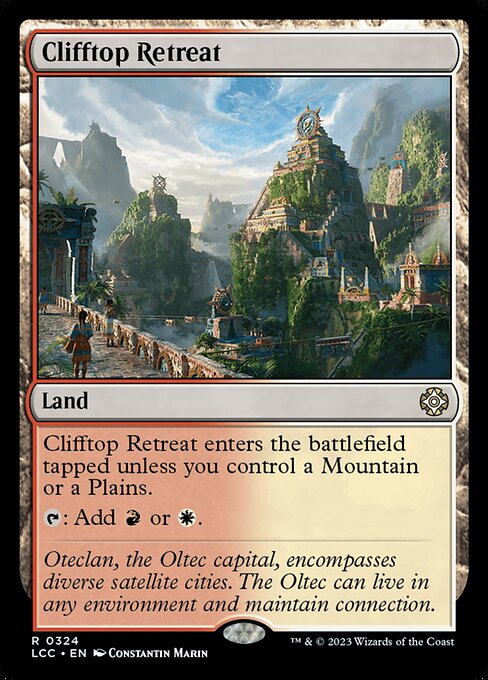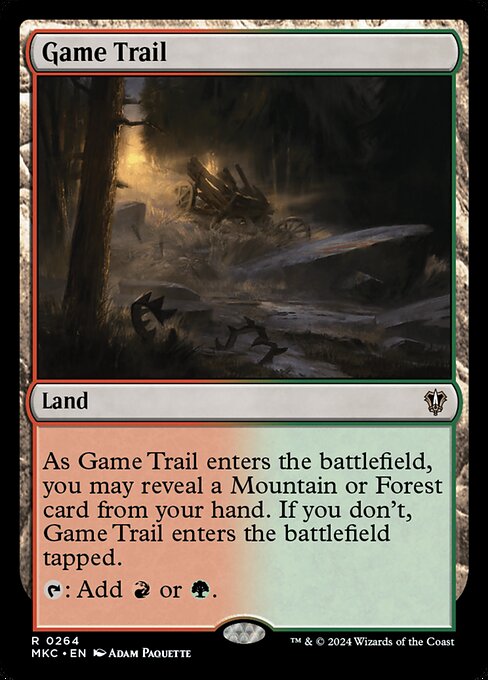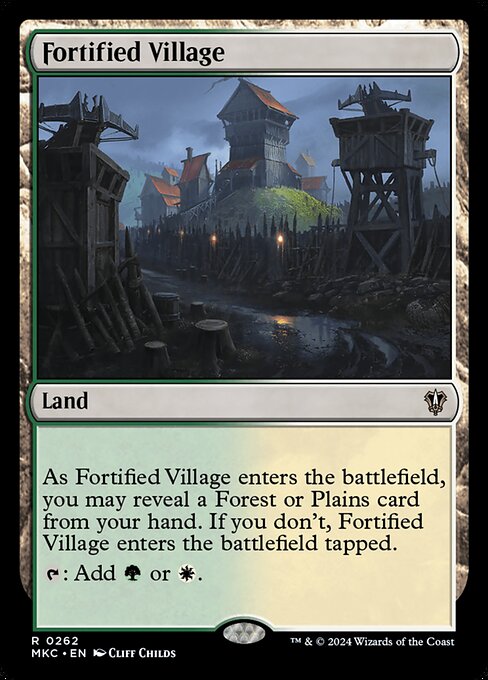A Mana Base: What Every Commander Deck Needs
A mana base consists of three major factors: mana rocks, mana dorks, and mana fixing. A good mana base is the core of every Commander deck, and if you don’t take the time to make sure you’re working with a solid one, you’ll be constantly fighting your deck for the right colors. Mana bases are the most important aspect of a Commander deck, so make sure to take the time to perfect them. Whether it’s choosing the right lands or making sure you have the right ratios, every aspect of a mana base is vital. These are something that will be in all of your Commander decks, so make sure you know everything about how to craft a perfect mana base. Otherwise, your Commander decks will crumble before you even shuffle them up.

What Are Mana Bases?
A mana base is the core of what mana you can generate. For example, if you are playing a Gruul commander, you will want to ensure your mana base can always produce both Red and Green mana.
Aside from basic lands, you will want dual lands, ideally that can enter untapped so you can use them the turn they enter. Keeping with the Gruul example, cards like Cinder Glade, Karplusan Forest, and Rockfall Vale are all great cards to make sure you have access to both Red and Green instead of just one color like you would get with a basic land.
Mana Rocks
Mana rocks are artifacts that tap to produce mana. This usually only costs a small amount of mana to help you cast your bigger spells later. The best mana rocks either generate mana quickly, such is the case Sol Ring or can be played early and produce mana of any color like Arcane Signet.
Generally speaking, mana rocks dramatically fall off in usefulness when they cost more than mana. Unless the spell has a big payoff, such as Chromatic Orrery, you will be better off without that expensive mana rock in your deck.
mana is the sweetspot when it comes to mana rocks. These mana rocks aren’t too costly, and can help you to access the colors you need quickly. There are three major cycles for these: Talismans (which are the best), Signets (second best), and Diamonds (the weakest). Talisman of Curiosity can tap for one of two colors, Boros Signet turns one mana into two of each color, and Fire Diamond can tap for one color and comes in tapped. Generally speaking, Diamonds aren’t too great unless you’re playing a deck that’s desperate for mana rocks.
The amount of mana rocks you should be running depends on a few factors. If you’re in Green , you can already ramp with various spells to make color fixing easier, so you won’t need as many mana rocks as opposed to say Mono Blue , which doesn’t have any good ways to ramp. The absolute lowest you should be running is 6. At maximum, you wouldn’t want to go beyond 12.
Fast Mana
In higher bracket games, you will need fast mana if you want to survive in them. Fast mana refers to mana rocks that generate more mana than they cost to cast. Sol Ring is the most popular, with free spells like Mox Amber and Mox Opal not far behind.
Higher bracket games are all about winning as fast as possible, so you want as many chances to draw fast mana as possible. For the most part, fast mana is only found in cEDH games, and you won’t see any in any bracket under 4 with the exception of Sol Ring. In these cases, you want to play as much fast mana that you can fit into your deck as possible.
In many cases, fast mana comes at a downside or a requirement to actually generate mana. Chrome Mox requires you to exile a nonartifact, nonland card in order to generate its mana, Mana Vault can make three mana but requires four mana to untap, and Mox Diamond requries you to discard a land card for it to remain on the battlefield to name some examples.
Mana Fixing
Another factor to consider when crafting your mana base is the ability to tutor for specific lands. The more colors your deck has, the more important it becomes. In five-color decks, you’ll need multiple ways to get specific lands to ensure you can get all your colors active as quickly as possible.
Many cards can look for lands of a specific type. Farseek gets you anything but Forests, Nature's Lore gets you a Forest, and Gift of Estates will put three Plains into your hand.
Ramp cards that look for a specific land type are important, as there are multiple dual and tri-lands that have land types on them. So, instead of looking for a basic land, you can tutor for a shockland like Breeding Pool or a triome such as Ketria Triome.
Another important type of land in your mana base is fetchlands. These add a ton of consistency to your mana base without having to dedicate nonland slots to mana fixing. The primary fetchlands are the ones that tap to sacrifice themselves to put a land of the battlefield with one of two land types, such as Marsh Flats.
These fetchlands are pricey, but do have budget alternatives in the Mirage fetchlands like Bad River. If you want to go full budget, you have basic land tutors like Evolving Wilds.
In decks with multiple colors, especially five-color decks, you want ways to make your lands into all land types. This makes it so you don’t have to worry about having specific lands in a game, as they all will essentially serve the same function (utility lands aside).
Some of these are attached to mana rocks themselves, such is the case with Chromatic Lantern. Others are passive effects on creatures like Dryad of the Ilysian Grove. Lands can even have this effect as seen on The World Tree. In multi-color decks, you want to include these when building your mana base.
Mana Dorks
A mana base doesn’t just extend to lands and mana rocks, but mana dorks as well. Mana dorks are creatures that can tap themselves to add mana.
Usually, the most played mana dorks are ones that only cost one mana, as they help you with early-game mana generation. Sometimes they only tap to add a specific mana like Llanowar Elves, and sometimes that can add any color, as with Birds of Paradise. Some mana dorks are a bit more expensive because they can tap to generate more than just one mana, as is the case with Faeburrow Elder.
If your deck has access to them, you want at least a few mana dorks in there. This is especially true for multi-colored decks, as it lets you play your ramp cards quicker so you can get all of your colors online.
Mana dorks are not replacements for lands or mana rocks, so you want a combination of all three within your mana base. Mana dorks that tap for multiple colors are ideal, but not every color has access to those. Green is the color that has the most mana dorks, while the other colors only have access to a small handful.
How Many Lands, Mana Rocks, and Mana Dorks?
Mana rocks, mana dorks, and lands are the three components that make up every mana base. The question becomes, how many is the right amount? The answer is a bit complicated and depends on what color your Commander deck is.
Generally speaking, 34 lands is the absolute minimum number you want, and outside of Land-focused decks, you don’t want to go over 42 at the absolute maximum. The sweet spot is somewhere between the 35-37 land range.
To determine the best amount of lands, take note of how many mana rocks you can comfortably run, as well as how many mana dorks your deck has access to. If you have access to Green in your Commander deck, you can go on the lower side of lands since you have so many ramp options like Three Visits, Rampant Growth, and Cultivate.
Ratios
For mana rocks, if your deck doesn’t have access to solid ramp options, you will want to go higher on mana rocks to make up for this weakness. Likewise, if you only have a limited number of mana dorks available, you will want to pump up the mana rock number. This ensures you can ramp in the early-game so your opponents don’t get too far ahead on mana generation.
Your mana curves also play a part in how many lands to run. For example, a Light-Paws, Emperor's Voice Commander deck tends to play cheap cards in its Voltron archetype, so you can go on the lower land count since you don’t need a ton of mana.
At the bare minimum, you want at least 34 lands, 6 mana rocks, and only a couple of mana dorks (if your deck can even run good ones). Archetypes like Stompy want more mana dorks, while archetypes like Voltron need fewer mana rocks. The ratio varies between archetypes, but at least 34 lands and 6 mana rocks should be in every Commander deck.
cEDH Mana Bases
cEDH is very different from “traditional” Commander. Games are incredibly fast, and land counts are usually lower depending on the deck. As opposed to lands, mana rocks are the most important aspect of cEDH.
Fast mana is what makes cEDH so fast, and what allows you to turbo out combos or your commander (and in some cases both). Every cEDH deck runs about every playable piece of fast mana. Chrome Mox, Mana Vault, Mox Amber, Mox Diamond, Mox Opal, and Sol Ring are found in just about every cEDH deck.
cEDH decks play every fetchland possible as well. cEDH also has land staples that aren’t found in weaker brackets. These are generally lands that accelerate how much mana you can create. Ancient Tomb can create two mana instead of one, Gemstone Caverns has the potential to give you mana on turn 0, and in creature decks, Gaea's Cradle can generate a ton of mana.
If you’re playing cEDH, you’ll also want to play “true dual” lands. These are lands that enter untapped and can tap for one of two colors with no restrictions. They are on the Reserved List, so they will cost you a pretty penny. These also have basic land types, so Badlands can be used with fetchalnds, which is another reason they are so strong.
Best Budget Mana Bases
If you’re building on a budget, you won’t be able to have fetchlands or shocklands, but there’s plenty of other great dual lands. This lets you take advantage of dual lands without having to dig deep into your bank account.
Painlands
Painlands are lands that can tap for one of two colors at the cost of one life, or colorless for no life. You can make them come in untapped, but they do not have land types, so they can’t be tutored in most traditional ways.
Tango Lands
Tango lands are lands that enter tapped unless you control two or more basic lands. These have basic land types, but unfortunately, only half of the cycle was finished, so you won’t have access to Enemy Tango Lands (yet, at least).
Tainted Lands
Tainted Lands are a small cycle of lands that can tap for colorless mana, or one of two colors if you control a Swamp. The gimmick is that they can all tap for a Black along with any other color. These do not have land types, and can only be played in Commander decks that have access to Black.
Check Lands
Check Lands refer to lands that enter untapped if you control one of two types of lands. These can tap themselves to add one of two colors, those found on the land type they check for (hence the name of the land cycle).
Reveal Lands
Reveal Lands are dual lands that enter untapped so long as you can reveal a land of a specific land type. These are weaker, as they require you to already have another playable land for them to enter untapped. However, they can still be played as regular tapped lands.
In Conclusion
Mana bases are the most important aspect to perfect in your Commander deck. Without a good mana base, you won’t be able to actually play your cards and you’ll just be sitting there passing your turn.
You want ramp, mana rocks, mana dorks, and a good land base in your Commander decks. Make sure you have the right ratios between them, and you’ll be succeeding in your Commander games.
